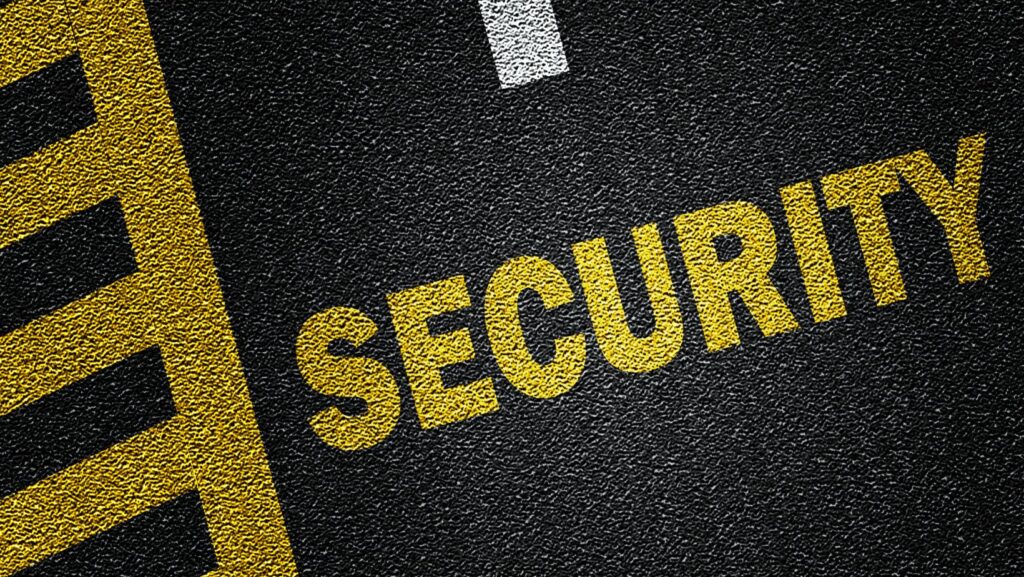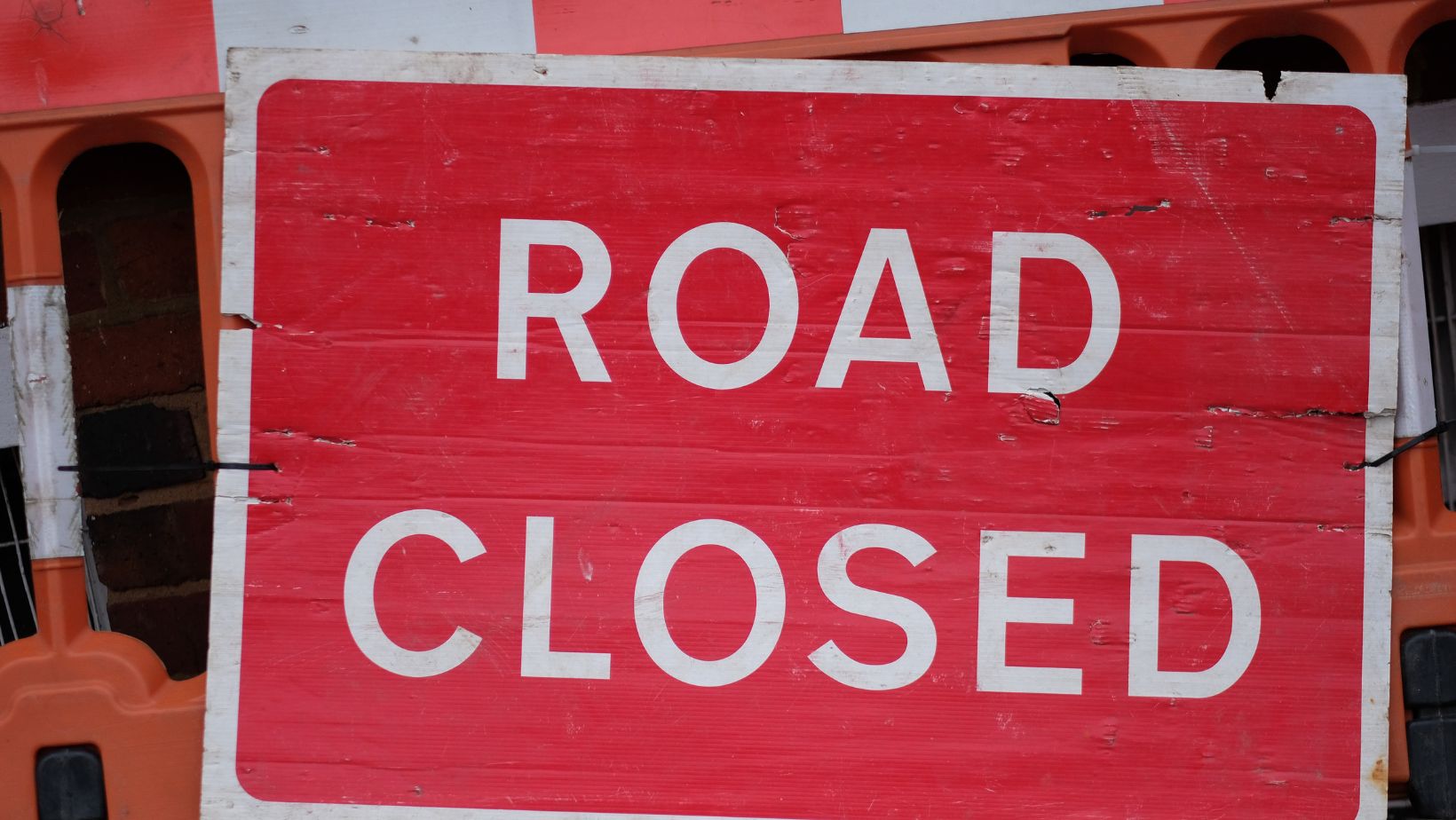
Having car insurance that fits your life and driving style offers excellent peace of mind. However, while the right coverage is essential, you can do a lot more to ensure you, your passengers, and all other road users stay safe on the road.
By adopting safe driving habits, increasing your vehicle knowledge, and always planning ahead, you can extend the life of your car, and build confidence every time you get behind the wheel, creating a sense of trust and security that extends well beyond your policy limits.
Practice A Safe Driving Mindset
Safer driving begins with being fully present every time you get behind the wheel. While following traffic laws and the rules of the road are part of this, you also need to develop a mindset prioritizing responsibility and staying aware of your surroundings.
You can start by avoiding distractions like your phone, eating or drinking, or letting your mind wander. As tempting as it is to check a message at a red light, sip your coffee,or think about work, rather avoid splitting your focus and wait until you arrive at your destination. If you make a conscious effort not to get distracted it will become a habit in just a few weeks.
Learn Defensive Driving Techniques
Driving defensively helps you to anticipate potential hazards and respond safely to unexpected situations on the road. By maintaining a safe following distance, using your mirrors frequently, monitoring other drivers behavior (without losing focus of your own), and staying out of blind spots all reduce your chances of an accident. These small, consistent behaviors help you stay in control of your vehicle, even in high-traffic areas or during inclement weather.
The benefits of driving safely are obvious, and being a low-risk driver can also benefit your wallet. Many auto insurance providers offer lower premiums to drivers with clean records and consistent, cautious habits behind the wheel.
Build Trust with Other Road Users
Driving well shows respect for others on the road and goes a long way toward creating safer, more cooperative driving environments. Whether it’s letting someone merge in traffic, keeping your headlights aligned so they don’t blind other drivers, fixing noisy brakes that could cause confusion, and parking considerately, these small gestures all contribute to overall road safety.
Remain Calm Under Pressure
Accidents and near-misses are stressful, but your response can either escalate or ease the situation.
If you experience road rage or encounter an aggressive driver, the best course of action is to disengage. Don’t respond with gestures, revved engines, flashing lights or challenges. Rather, maintain a safe distance and allow them to pass. If you feel threatened, drive to a well-lit busy public place or contact law enforcement.
When you’re involved in a minor incident, try to remain calm and pull over when it’s safe to do so, turn on your hazards, and check for injuries or damages. It’s important not to admit fault at an accident scene as it can affect how liability is determined later by insurance companies or legal authorities. However, you should keep a copy of your insurance, vehicle registration, and emergency contacts in your glove compartment so you have everything you need on hand.
Plan Ahead For Every Journey
Running late, getting lost, or being caught in unexpected weather can all influence your safety, regardless of whether you’re driving for five minutes or five hours. While there are always some factors that will remain out of your control, planning ahead helps you to prepare for the unexpected.
If possible, always leave a few minutes earlier to avoid rushing, check traffic and weather apps before hitting the road so you’re not caught off guard by construction or storms, and if you’re driving for a few hours, map out rest stops and alternate routes in case of road closures in advance.
Driving at night and in peak traffic also come with their own risks, so adjust your plans accordingly. Reduced visibility, fatigue, and unfamiliar roads can all pose a challenge, especially if you have no idea what to expect. If you’re driving during busy seasons, patience and preparedness go a long way to a safer journey.
Know Your Vehicle & Maintain It
The condition of your car plays a major role in keeping you and others safe on the road. If your tires are worn, brakes are not in tip-top condition, wipers need replacing, or headlights are not working properly, the risk of a collision increases dramatically.
Get to know your car inside and out so you can spot any changes early on, and regularly check your tires, fluid levels, lights, and brakes for signs of wear and tear. You should also follow your vehicle’s service schedule for oil changes, filter replacements, and inspections to ensure it’s in good working order. This regular maintenance keeps your car running smoothly and safely, and can reduce repair costs and extend your vehicle’s lifespan.
Keep An Emergency Kit in Your Car
An emergency kit in your car is like having extra insurance because in a breakdown or emergency, it’s invaluable. Your kit can include:
- Jumper cables
- Flashlight
- Basic tools like screwdrivers, pliers, a wrench, and duct tape.
- First-aid kit with bandages, antiseptic wipes, pain relievers, and medical essentials.
- Bottled water
- Mobile phone charger or power bank.
- Reflective warning triangles or road flares
- Tire pressure gauge
- Copies of important documents.
If you’re going on a road trip or regularly drive long-distance, add granola bars, a blanket or waterproof tarp, and a paper road map in case of a lost signal or a flat battery.
Peace of Mind Is Earned Behind the Wheel
Insurance can only do so much when it comes to protecting you on the road. The rest depends on how you drive, how you prepare, and how you care for your car. By staying alert, proactive, and responsible, you can avoid costly repairs or accidents and build lasting confidence every time you get behind the wheel.








